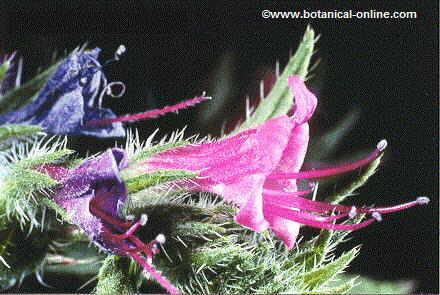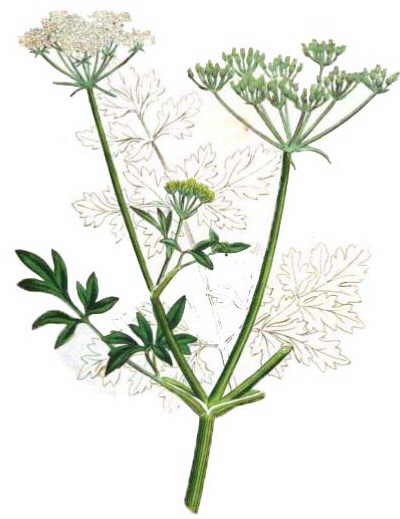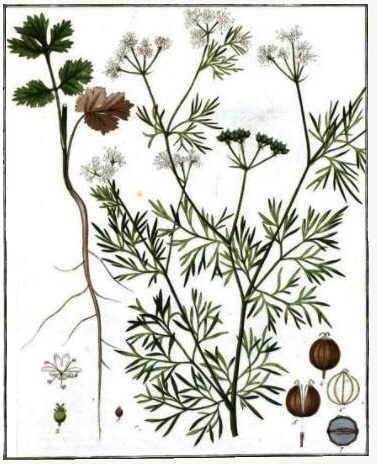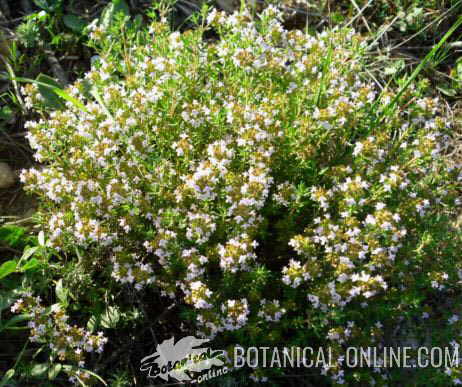Contents
Echium vulgare contraindications
What is viper’s bugloss and for what treatments is it used?

Viper’s bugloss is a plant of the Boraginaceae family, closely related to borage, which, like the latter, contains a type of hepatotoxic alkaloids. This plant should be administered with caution, as it can have adverse effects.
In natural medicine, viper’s bugloss is used for its emollient, demulcent, pectoral and diuretic properties. It is a remedy against fluid retention, obesity and externally, against furuncles and eczema.
Due to its appearance, viper’s bugloss is known in Spanish by the names: lengua de buey, buglosa, borraja cimarrona o hierba cerruda.
What contraindications does it present?
- Long treatments are contraindicated in all cases. The toxic principles of the plant (pyrrolizidine alkaloids) can cause liver damage if administered continuously.
- Pregnancy and lactation: the use of viper’s bugloss and its oil during pregnancy and lactation is contraindicated. Its toxic alkaloids can cross the placental and mammary barrier until reaching the fetus or baby.
The oil from the seeds can be substituted for other less toxic options such as evening primrose oil and black currant, which have the same applications.
- Children under 12 years of age: it is preferable that children under 12 years of age do not take plants with alkaloids. Cases of methemoglobinemia and disorders of the internal environment have been detected in children after the consumption of infusions of borage, which has the same active ingredient as viper’s bugloss.
- Liver diseases: the type of alkaloids that viper’s bugloss contains is related to liver deterioration and liver cancer. So it can aggravate existing liver pathologies such as cirrhosis or hepatitis. People with liver problems should not take viper’s bugloss.
- Cancer: alkaloids can be carcinogenic and the administration of this plant is contraindicated in neoplasms.
![]() More information on viper's bugloss
More information on viper's bugloss








